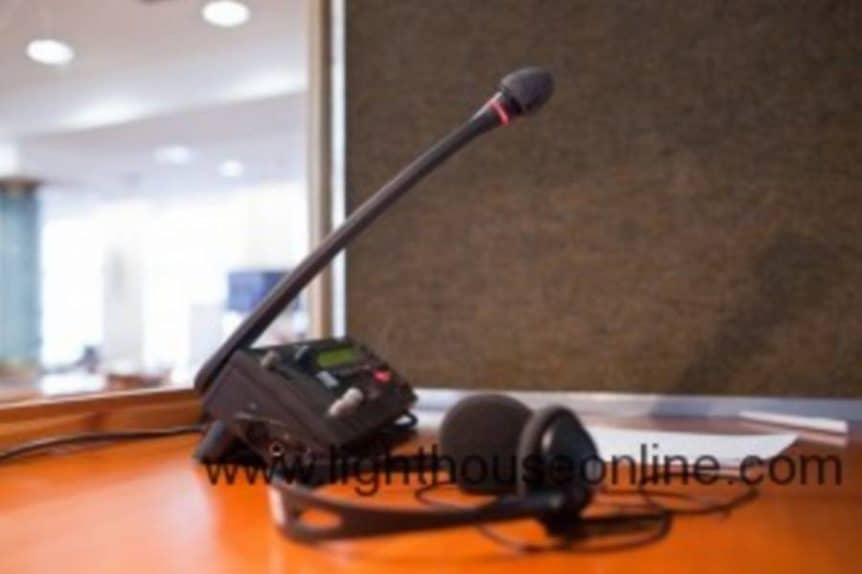The two main types of language interpretation available are called consecutive and simultaneous and there is a big difference between the two. It’s important to choose the right type of interpreter for your particular needs and learning exactly what each type does will help you make the best decisions. Here’s what you need to know about each one.
Simultaneous Interpretation
If you need an interpreter that listens to one speaker and translates everything that person says at the same time he is speaking, you need a simultaneous interpreter. This is the most difficult type of interpretation to do because it is continuous. For this reason, the person needs to stay focused and have the ability to concentrate completely on the speaker.
Normally, you’ll need two interpreters so they can switch places every twenty minutes or so to avoid becoming mentally fatigue. They usually listen to the speaker they need to interpret through headphones located in a soundproof area. This eliminates distractions and outside noises that can interfere with the accuracy of the interpretation. This type of interpretation is also the most expensive because you usually need two people and special equipment.
Consecutive Interpretation
In this type of interpretation, the interpreter translates between two different speakers that are usually in the same room. However, thanks to video chat and conference calling, you can also use one of these options to hold a conference call and this will reduce travel expenses for the interpreter, making this type even less expensive. Here’s how it works.
Each person will take turns speaking and pausing often in-between sentences. During the pauses, the interpreter will translate what each person said to the other one. He goes back and forth between the two speakers until the conversation is completed. This type of language interpretation is used mostly in businesses, court proceedings and similar situations and it is the most common type.
Qualities to Look for In a Language Interpreter
After choosing the type of language interpretation you need, the next step is finding someone qualified to do the job correctly. Receiving the right interpretation is vital in any situations so only choose professionals for this job. The interpreter should have extensive knowledge of the language, culture and vocabulary of both languages used. He will also have the ability to express himself in a clear and accurate manner.
Before hiring an interpreter, consider why you need one carefully. Choose the one that suits the scenario the best and make your arrangements in plenty of time to get everything set up and to find a professional interpreter that you can trust. The person you choose plays a major role in the outcome of the meeting, so it’s vital that interpreters do not make mistakes.


